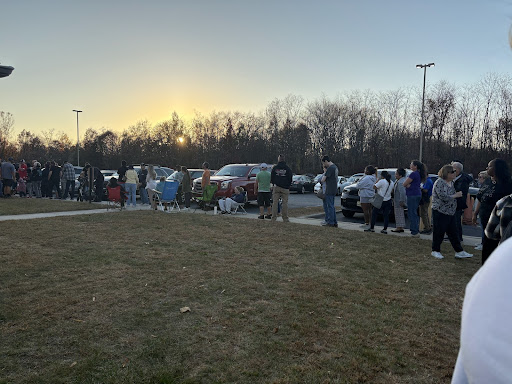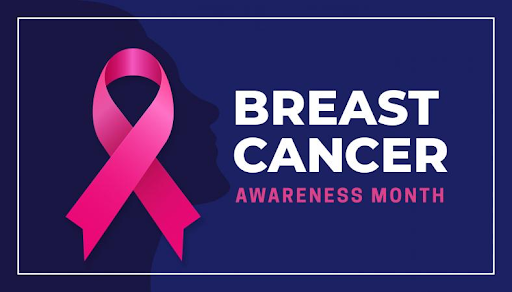On November 5, the U.S. advanced its clocks one hour for daylight savings time (DST). Nearly 300 million people and more than 140 countries have been disrupted by the changes in their schedule, including the sun setting as early as 4:30 p.m.
First implemented in 1918, DST began to save energy, and it has been used to save on fuel costs and utilize the daylight.
However, DST has long been controversial. While saving money, the advancement of clocks can also increase health risks, especially for people who have pre-existing health issues as well as affect a person’s sleep schedule or performance. The practice of daylight savings time affects people both physically as well as mentally.
The original philosophy behind DST was that a new cycle of time would allow people to utilize the daylight provided by Mother Nature.
“The true reason why DST [or daylight savings time] was created was to create a way to save energy and to get more use out of our natural daylight” according to Indiana Farm Bureau Insurance.
In order to save energy during the First World War, daylight savings time was introduced to the United States. The new law also implemented the five time zones known today.
As energy costs increased, the United States decided to undergo daylight savings to save electricity. This rationale continues to be a prominent reason why the U.S. continues to observe and utilize DST.
According to the New York Times, “A Department of Energy report from 2008 found that the extended daylight saving time signed by George W. Bush in 2005 saved about 0.5 percent in total electricity use per day.” Studies continued to show that DST successfully saves energy.
To this day, there is an ongoing debate whether daylight savings time is still necessary. A majority of people would agree that daylight savings time is not necessary in modern day.
Sophomore Olivia Dragan, for example, is not a fan of setting the clocks back every November.
“One hundred percent yes, daylight savings is terrible and not even that necessary,” she said. “It is not even used in most of the world.”
New research shows that DST can lead to the increase of health issues among numerous age groups. To start, physical health decline can be traced back to changing the clocks. A March 2023 report from Johns Hopkins University states that ‘“The scientific evidence points to acute increases in adverse health consequences from changing the clocks, including in heart attack and stroke.”’ A person’s physical health can be disturbed by DST, especially for those who have pre-existing issues.
Along with physical health risks, mental health is also an important topic among all age groups. The change of time is closely associated with the increased risk of mood disturbances and hospital admissions. Daylight savings time can lead to issues with sleep, especially among those who wake up later in the day.
Phyllis C. Zee, a sleep medicine specialist and chief of Sleep Medicine in the Department of Neurology at Northwestern Medicine, said that ‘“sleep issues, fatigue and changes in blood pressure…those who wake up later in the morning, …are more vulnerable to these effects because they already sleep through more hours of natural morning light. DST can further throw off their circadian rhythms.”’ DST can interfere with a developed routine, and having to adjust to the time change, people of all ages are fatigued throughout the day, generally not being able to perform to the best of their abilities.
Dragan echoed many of these concerns as well.
“Every daylight savings time I notice that it gets harder to stay up to get work done and as someone who participates in extracurriculars I haven’t been getting home until maybe 7-8 at night,” she said.
Although DST may be useful to save energy, a great deal of people are negatively affected by the disturbance of their established routines.















